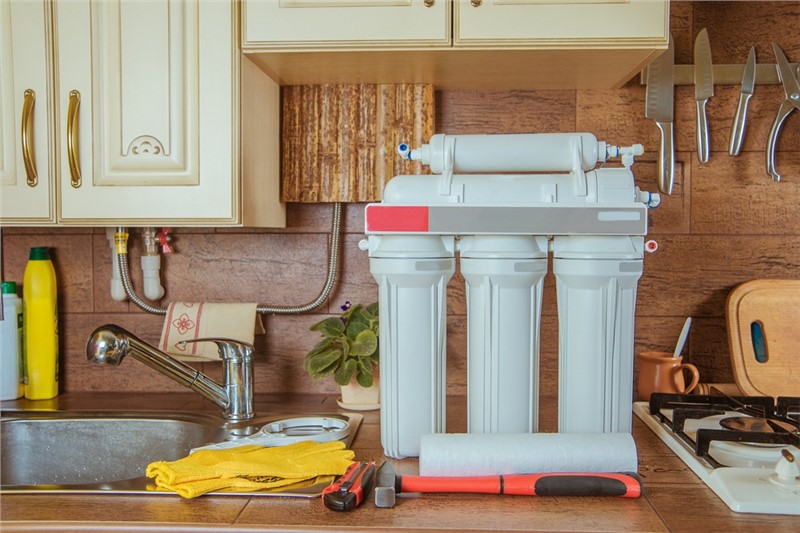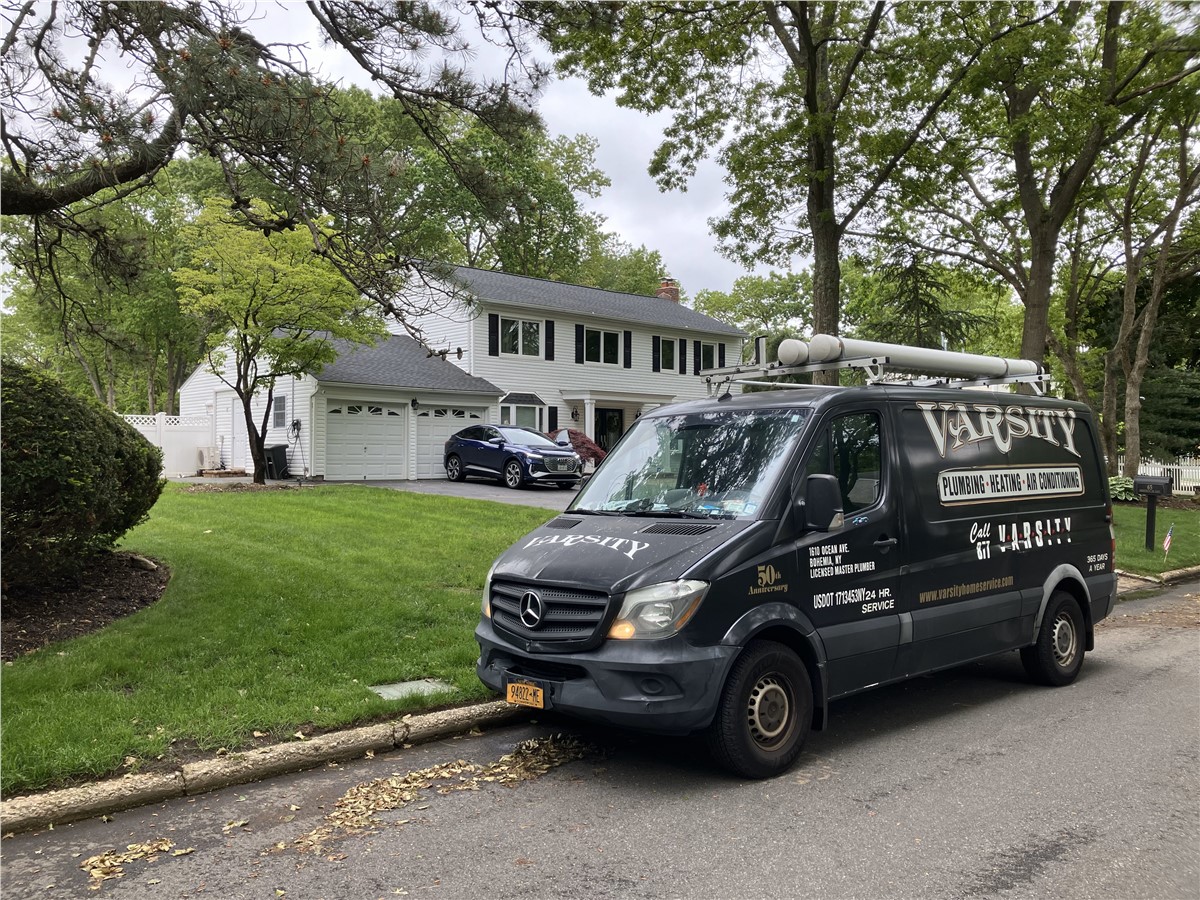
Do you know what’s really in your water? Long Island drinking water quality tests have turned up dangerous chemicals in recent years. In fact, a 2019 study by the New York Public Interest Research Group reported that Long Island's water has the highest levels of certain dangerous chemicals in the entire state of New York.
You may be surprised to hear that water authorities add chemicals like chlorine and chloramines to the water supply to combat the formation of bacteria. This practice helps keep bacteria at bay, but it also creates potential hazards because the byproducts can pose serious health risks for your family. There are many homes to which the public water supply can contain chlorine levels as high as a swimming pool.
Perhaps even more alarming, other toxins can seep into your water from the environment, such as pesticides, herbicides, common household products and industrial contaminants. In recent years, studies have shown dangerous levels of 1,4-dioxane in Long Island drinking water supply. This is a chemical found in many common household products that is suspected of causing cancer and other health issues. Additionally, dangerous levels of PFOA and PFOS have been discovered to be above New York State's maximum contaminant level in the drinking water for certain Long Island towns as recently as 2021. The Environmental Protection Agency considers PFOA and PFOS as having suggestive evidence for causing cancer and having associations with liver and immune system effects as well as impaired fetal growth and development.
What’s worse, drinking water isn’t the only way these contaminants can get into your body. Every time you shower, your lungs inhale any contaminants from the water vapor and while bathing, your skin absorbs contaminants that may be in the water. In fact, toxins are potentially more harmful when absorbed and inhaled in this way because they are more likely to enter into your bloodstream.
Think bottled water or water filter pitchers are the solution? Unfortunately, pitcher filters and bottled water mostly remove dirt, sediment and chlorine - but not the serious contaminants. While your water may taste better, it won’t protect you from potentially ingesting harmful toxins. Additionally, bottled water has a massive environmental impact. In the United States alone, we consume enough bottles of water to wrap around the Earth 190 times each year. If that doesn’t drive the point home, 60 million plastic bottles end up in landfills every day.
So, what can you do to help keep your family safe?
- Educate yourself on the dangerous toxins that may exist in your water supply. There are countless research studies and articles published by trusted news sources on this topic.
- Learn how to properly dispose of common household products that contain harmful toxins (like cleaners, prescriptions, motor oil, etc.)
- Take control of your family's water supply by installing water treatment solutions in your home. Varsity Home Service Company offers whole-home and point-of-use healthy water systems that cost less than you’d think, and can protect your family’s health from the toxins hiding in your water supply.
Subscribe to Varsity Home Service's Blog







